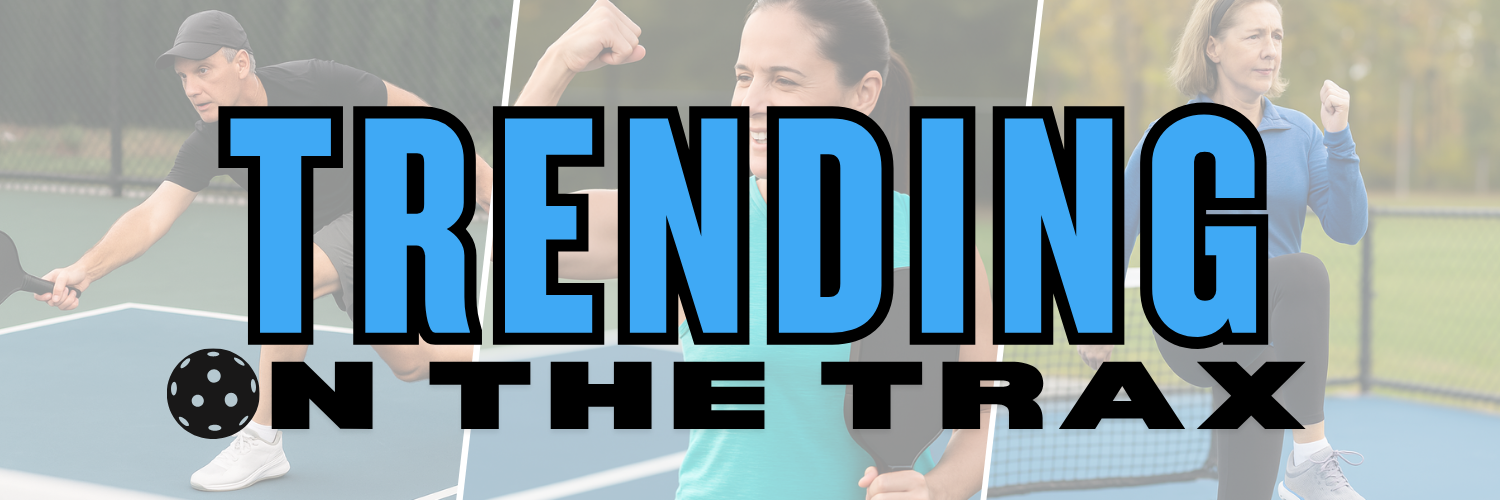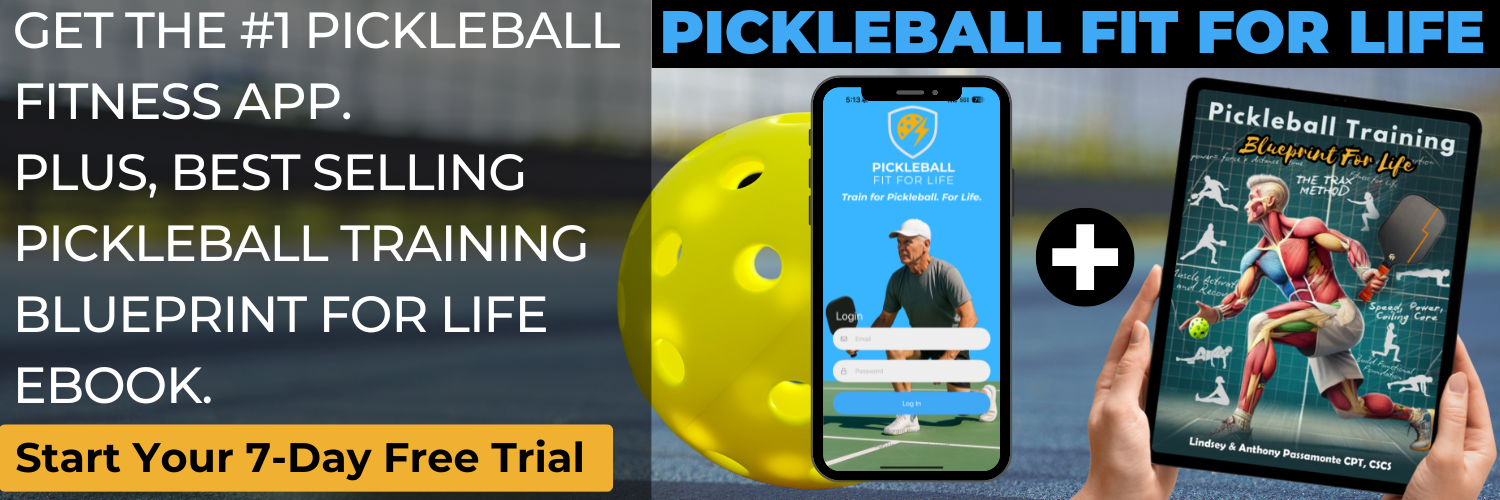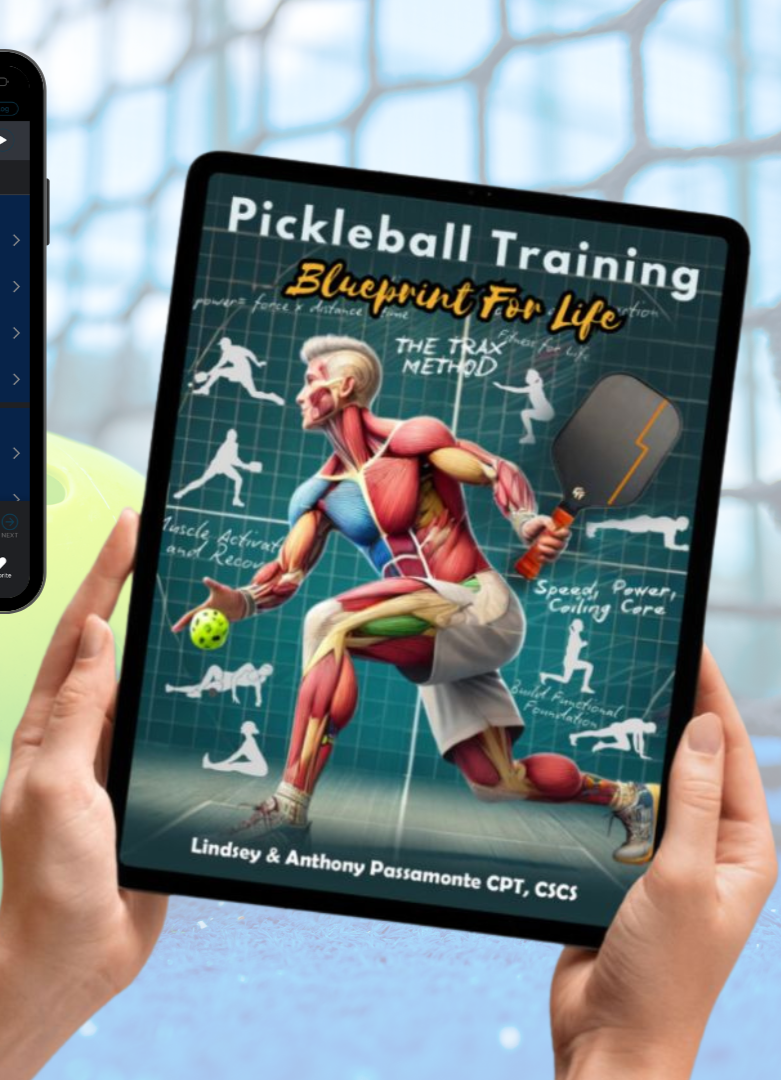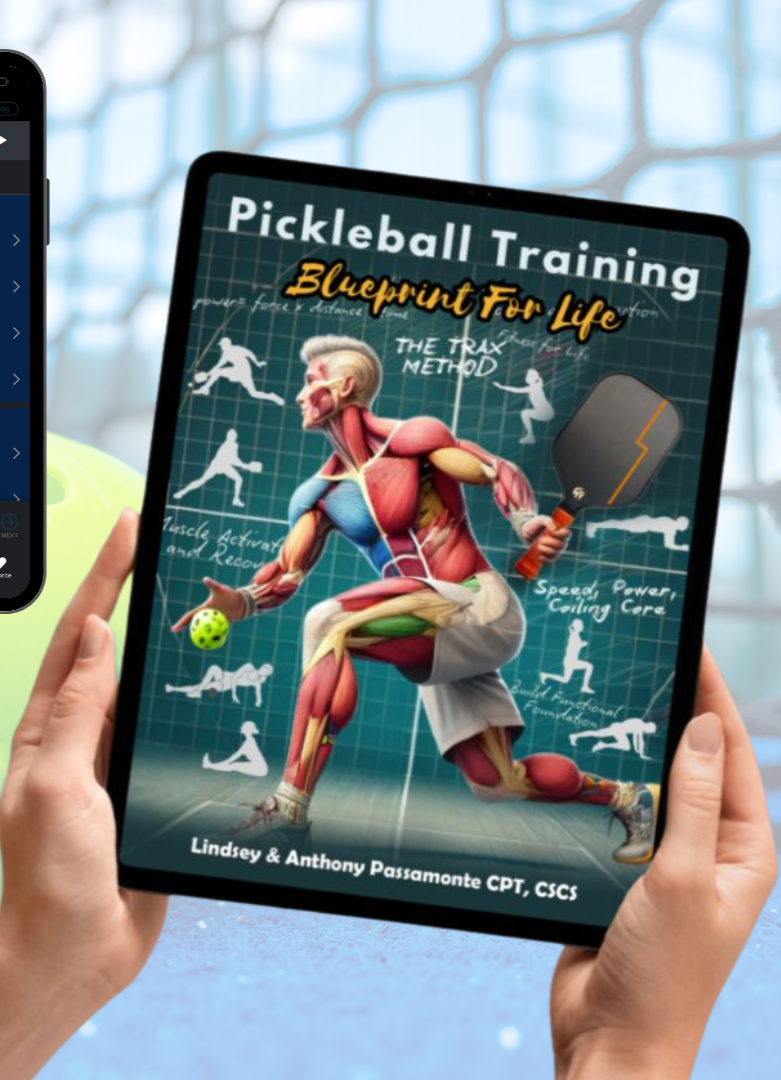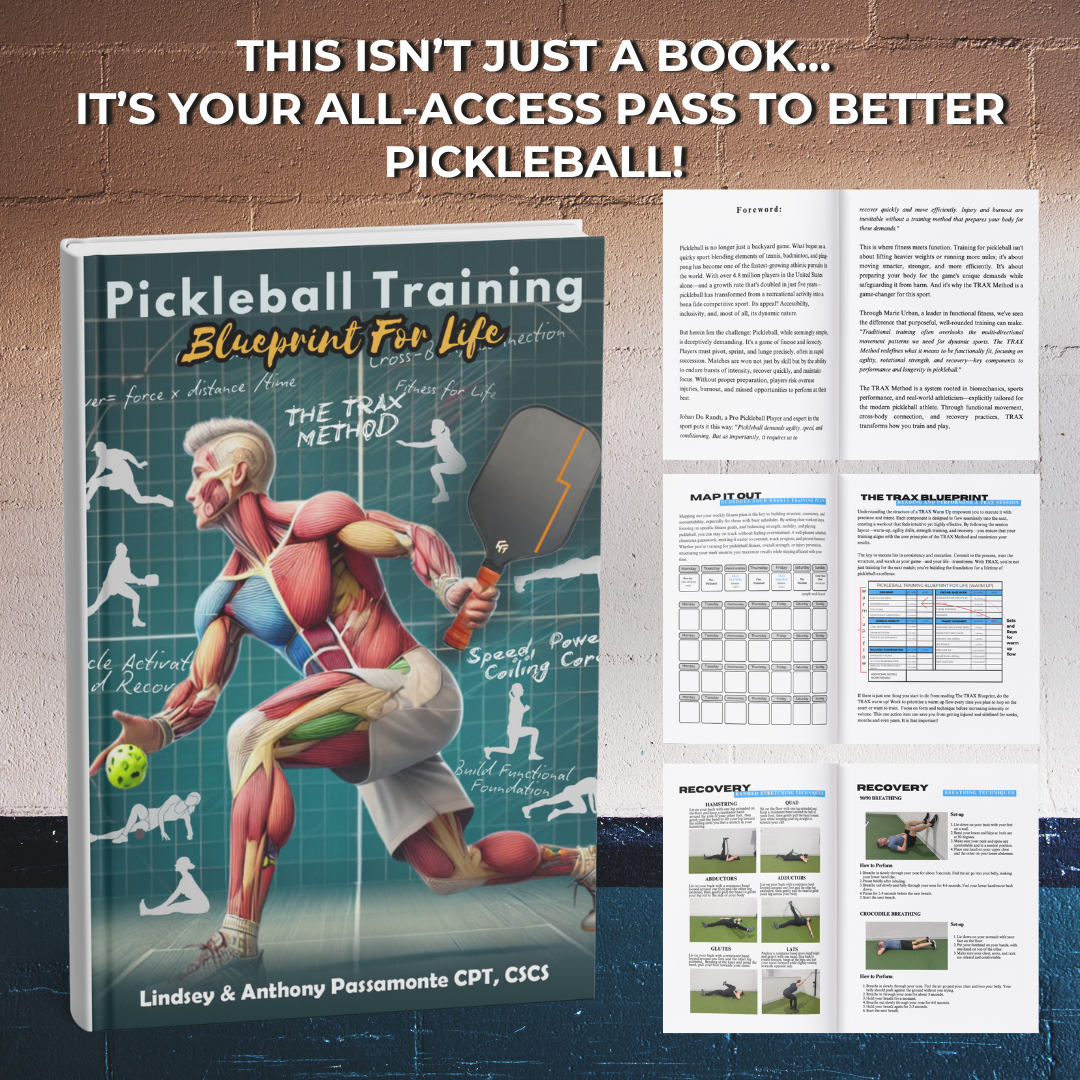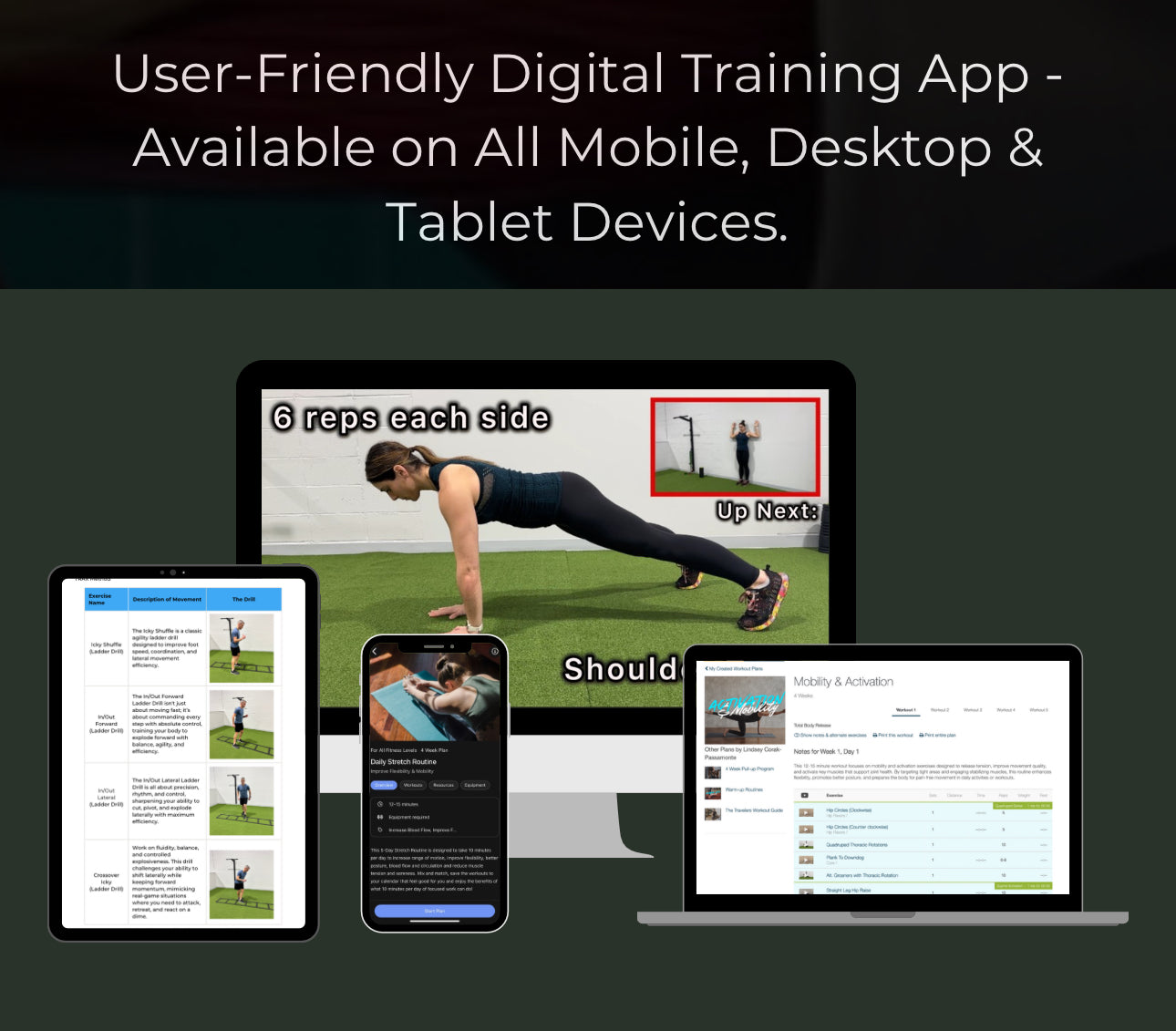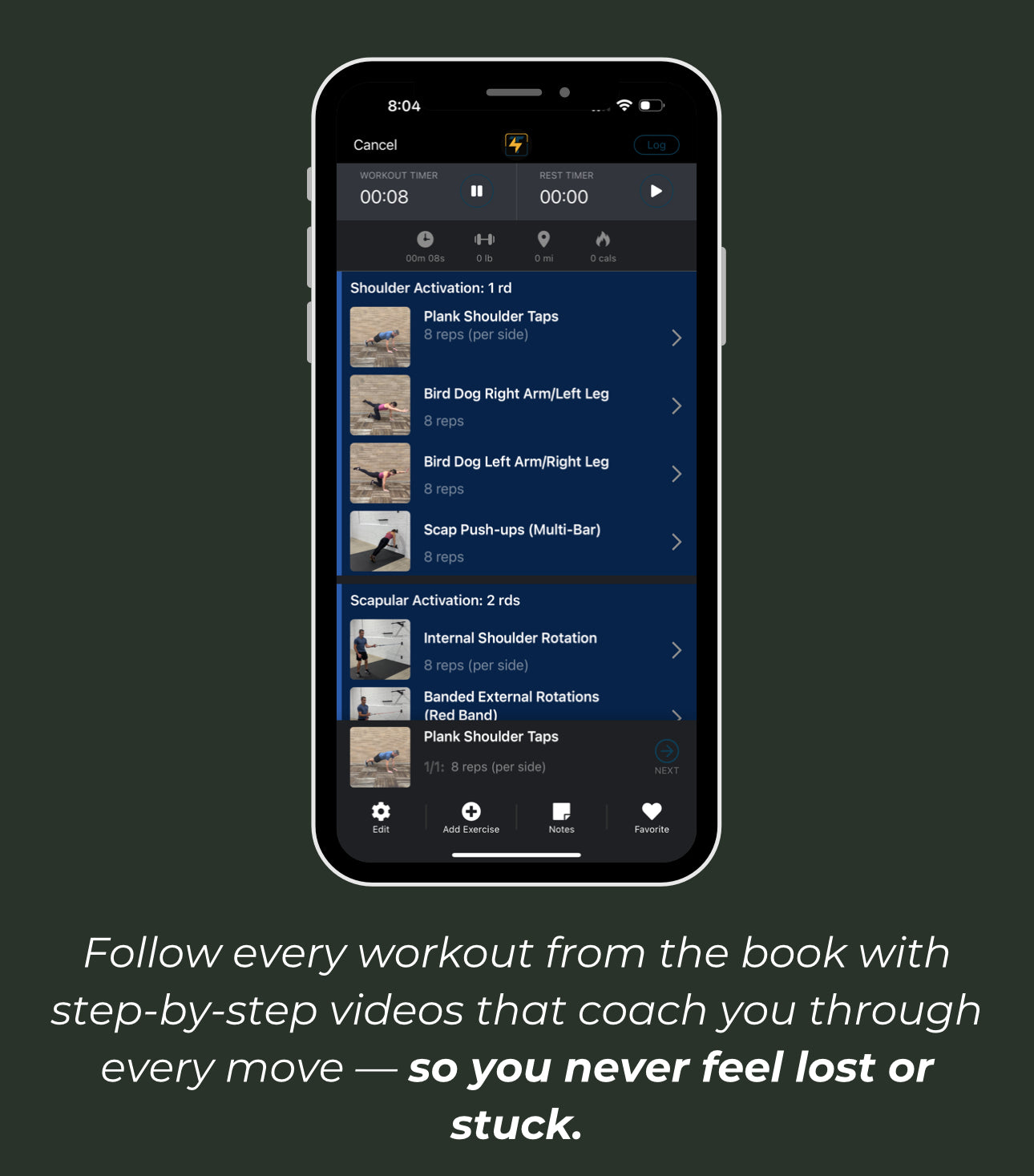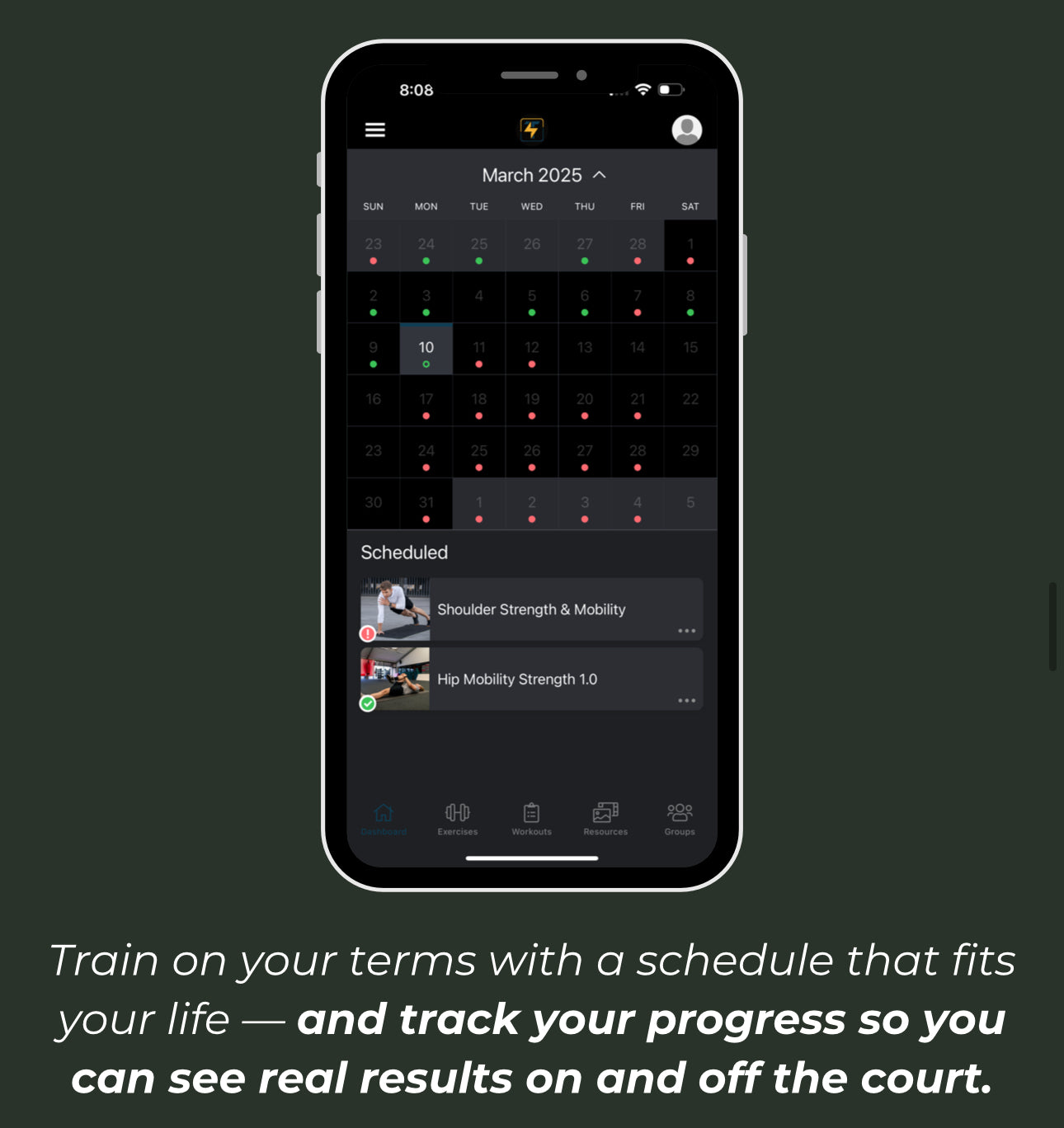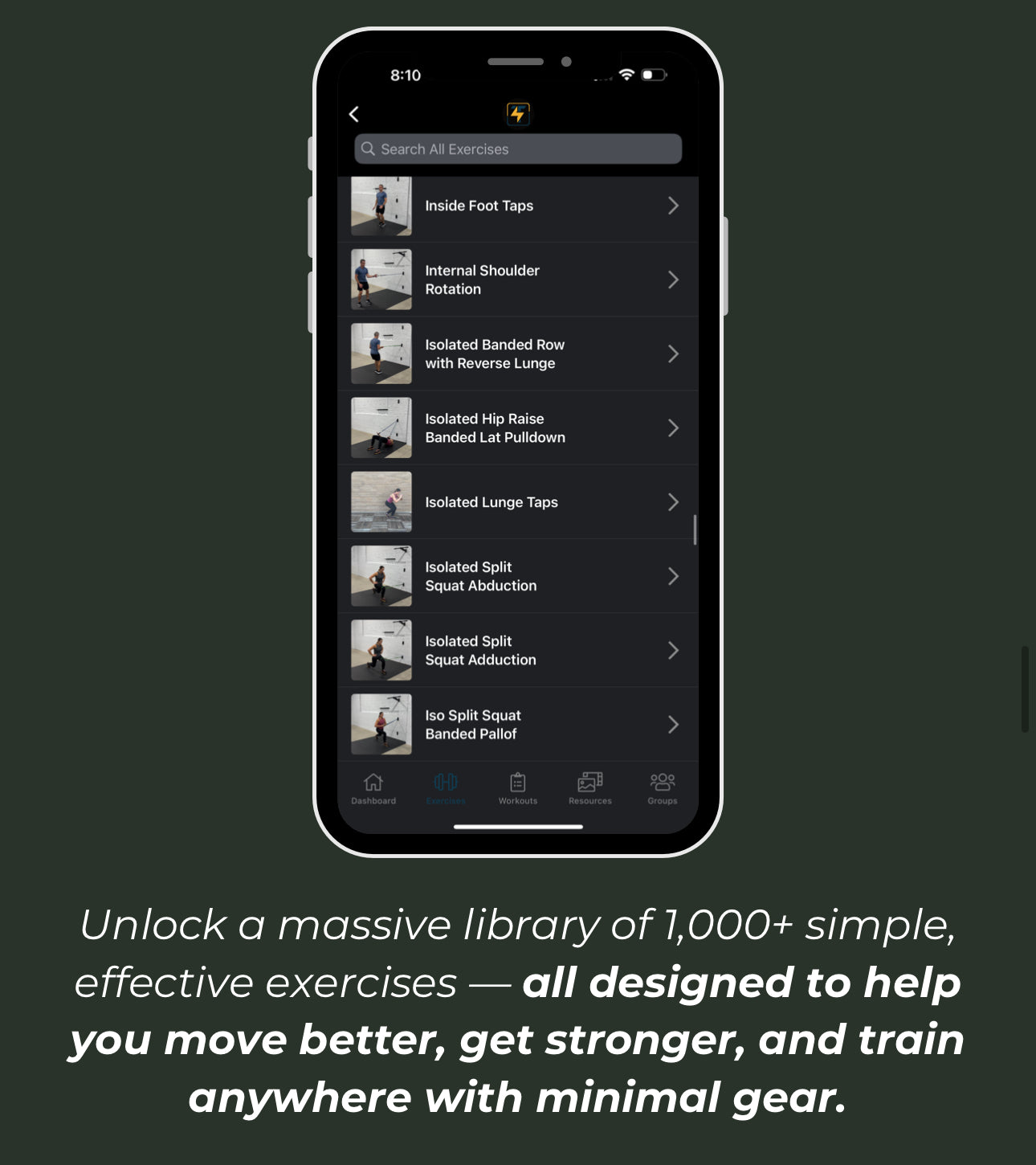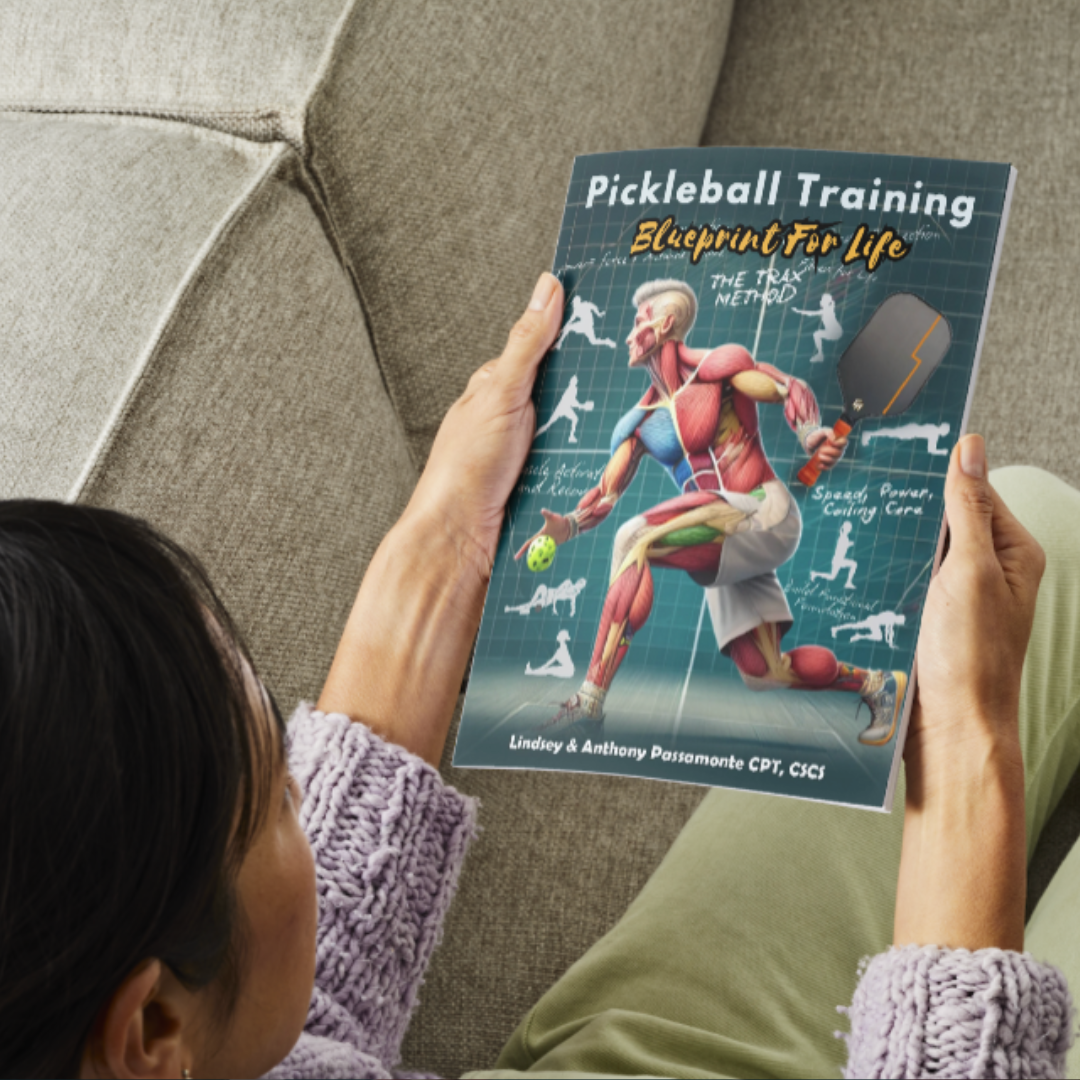Pickleball Is Fun—Until It Hurts
Pickleball is exploding in popularity for a reason: it’s fast, fun, and social. But with more play comes a rise in overuse injuries—especially among adults who may not be conditioned for the game’s quick demands on the body.
If you’ve ever dealt with nagging pain in your shoulder, elbow, knees, or feet that just doesn’t go away, you’re not alone. These are classic signs of overuse injuries. The good news? They’re preventable—if you know what to look for and how to train smarter.
Let’s break it down.
What Are Overuse Injuries?
Overuse injuries happen when a specific part of your body is stressed repeatedly without enough time to recover. Unlike acute injuries (like a rolled ankle), these develop slowly over time.
In pickleball, the most common overuse injuries include:
✅Tennis elbow (lateral epicondylitis)
✅Rotator cuff tendinitis
✅Plantar fasciitis
✅Knee tendinitis
✅Achilles tendinitis
✅Low back pain
These are all conditions caused by repetitive stress combined with movement imbalances, poor mobility, or muscular weaknesses.
Why Do Overuse Injuries Happen in Pickleball?
There are 3 key reasons overuse injuries are becoming more common:
1. Repetitive Movement Without Variation
Pickleball involves a lot of the same motions: lunging, swinging, pivoting, and shuffling. Doing these motions over and over without cross-training leads to stress in the same joints, tendons, and muscles.
2. Lack of Movement Preparation
Most players skip proper warm-ups, mobility work, and strength training. If you haven’t built a resilient foundation of joint mobility, core stability, and functional strength, your body will start to compensate—and compensation leads to breakdown.
3. Playing More Than You’re Physically Ready For
Pickleball is addictive. Players often go from zero to 4+ days a week of play. But your connective tissue (tendons, ligaments, fascia) doesn’t adapt as fast as your love for the sport. If you’re not training off the court, you’re just accelerating wear and tear.
What You Can Start Doing Today to Prevent Overuse Injuries
You don’t have to stop playing—you just need to train smarter. Here’s how:
1. Prioritize Movement Preparation
✅ Dynamic warm-ups (hip circles, lunges, arm swings)
✅Mobility drills (especially hips, ankles, shoulders)
✅ Light activation exercises before games
2. Train Off the Court
✅ Build foundational functional strength (think: strength that activates muscles that support your joints (ankles, knees, hips, shoulders).
✅ Include balance and stability drills
✅ Add cross-body movements to correct imbalances and connect movement through your core
3. Recover Intelligently
✅Use rest days strategically
✅Foam roll or stretch tight areas
✅Incorporate low-intensity mobility or yoga
4. Don’t Ignore the Pain Signals
That dull ache in your elbow? It’s a signal—address it early with proper movement, not just ice and rest.
Train Smart. Play Forever.
The secret to playing pickleball for life isn’t more paddles or new shoes—it’s how you move and train off the court.
That’s exactly what the Pickleball Fit For Life App was built for.
Inside, you’ll get:
✔️Quick 5–30 minute routines you can do anywhere
✔️Mobility, strength, balance, and recovery workouts
✔️Training designed by certified pickleball training specialists
✔️No equipment needed—just a commitment to your long game
💪🏻 Stay on the court. Move better. Feel better.
👉 [Start your 7-day free trial of the Pickleball Fit For Life App today.]
Let’s make overuse injuries a thing of the past—because you didn’t pick up pickleball just to sit on the sidelines.

